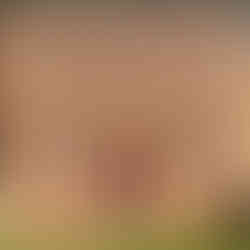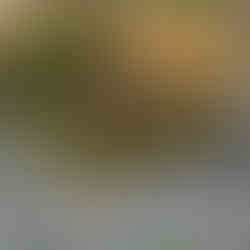"I always thought it was cool growing up in northern Virginia because there are just so many random things blended into the neighborhoods," my friend Corrinne at r2n2arts said to me once. Although on the outskirts of NoVa, Aquia Church is one such place. Another colonial Episcopal church like Pohick and Falls Church, Aquia is older than either structure and more complex in its design. Cruciform in plan, rather than rectangular, it has entrances on three sides instead of two. An inscription in a stone pediment above the southern portal reads that it was built in 1751, gutted by a fire in 1754, and subsequently rebuilt within the remaining shell. This, however, is not the only story told by this stone.

Aquia Creek was well known for many decades as an important quarry in early America. Sandstone cut from it was later used to build numerous public buildings like the US Capitol, the White House, and trimmed other churches like Pohick for ornamentation. The congregation at Aquia used this stone lavishly with eight quoined corners, keystones emphasizing the windows, the three rusticated "Gibbs surround" entrances, and throughout their cemetery for memorializing gravesites. This stone trim continues up past the hipped rooflines along a squat and square tower topped by a cross. The detail is exceptional and completely uncommon for the colonial era or even now.
The bricks might be of lesser quality than at either Pohick or Falls Church, appearing to be more weathered than those at these two other houses of worship. Yet, while the Flemish bond looks offset if not clumsy, it was laid in a way that compensated for the embedded stonework. This suggests that the clear focus for ornamentation was the sandstone. Despite any differences though, there is almost brandlike recognition between all three Episcopal churches in so much that they are comparable in size with two stories and rubbed brick surrounding arched windows. As seen at the others, generations of people have graffitied the exterior with signatures. Like my friend commented, it really is amazing just how much history is blended in with the landscape here.












Comments